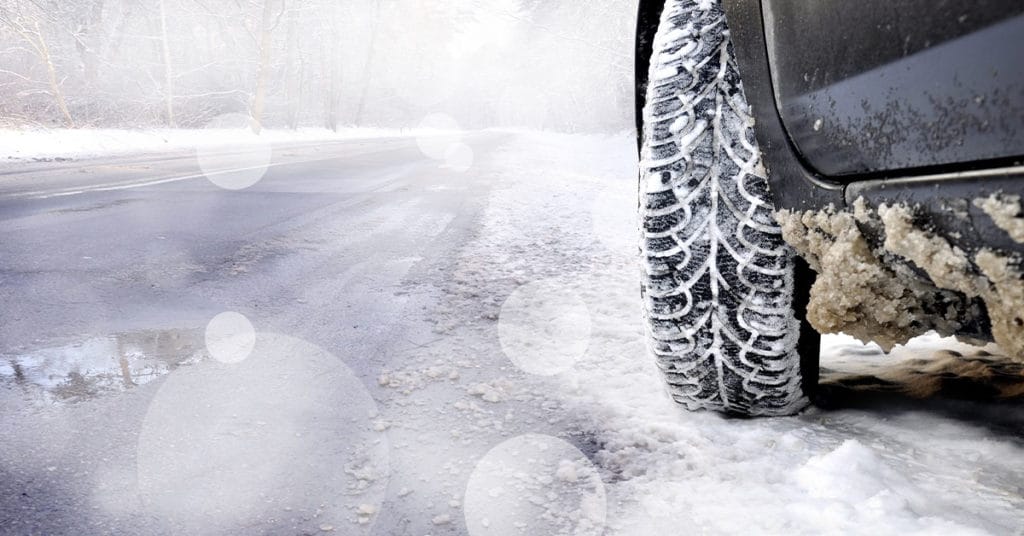Winter always feels like the time when everything gets more expensive, and car repair costs are usually no exception. The colder months bring common car issues that can push up the price of getting back on the road. Understanding how and why this happens can help you to plan ahead and avoid unnecessary stress, as can opting for a Payment Assist garage that offers car repair finance.
Increased Wear and Tear
Winter weather takes a big toll on vehicles. Cold temperatures, icy roads, and increased use of features like heaters and defrosters put extra strain on your car, as does gritting roads. But what common car issues can you expect in winter?
Battery Failures
Car batteries struggle in the cold. Freezing temperatures make them much less efficient, leading to more replacements.
Tyre Issues
Wet, icy, and salted roads wear down tyres faster. Damage like punctures is also more common during winter, potentially due to reduced visibility from shorter days.
Bodywork Problems
Water and grit spraying up onto your car can cause problems to the bodywork if left unchecked. Research shows that rust is much more commonplace throughout the wet, cold months.
Brakes
Slippery conditions mean your braking system needs to work harder, leading to wear and tear that needs addressing.
There’s Also a Higher Labour Demand
Winter is the peak season for garages. Icy conditions and poor visibility cause more accidents, breakdowns and emergency repairs. This spike in demand means that repair centres are busier than ever, and labour prices can sometimes increase.
Emergency repairs also tend to take priority, meaning your local garage might need to schedule in-demand mechanics for longer. Sometimes, those costs are reflected on the bill for your car repair costs.
The Repairs that Take Place are More Complex
The common car issues that crop up during winter are usually more time-consuming and expensive to fix. A frozen radiator or seized engine component isn’t always a quick job. Water and grit on the roads can worsen rust or corrode parts, which need more intensive repairs.
If a simple fault goes unnoticed, it can escalate into a bigger problem. For instance, a cracked hose left unfixed in cold temperatures can cause expensive long-term damage to a cooling system.
Parts Often Have Seasonal Shortages
For the reasons we’ve spoken about, winter weather increases the demands for a whole host of car parts. Batteries, tyres, and wiper blades can all become much more sought-after as the temperature drops. This surge can lead to shortages, especially if you drive a less common make or model.
When parts are harder to source, garages might charge more for them, or you might find delays in waiting for your stock to arrive. This can cause some people to try to source the parts themselves, further pushing up costs.
Garage Running Costs Go Up in Winter
Fuel prices tend to rise in colder months, and garages – like all businesses – have to factor in those costs. Heating a workshop, paying for additional tools to handle winter-specific jobs, and managing salt-damaged equipment all contribute to running costs. Unfortunately, these expenses can sometimes cause your car repair costs to rise.
Preventative Maintenance
Many drivers book their cars in for winter checks, like antifreeze top-ups or tyre replacements, to get ready for the cold. This is a very sensible move, but it does mean that garages have to handle more pre-emptive maintenance on top of urgent repairs. This mix of services can lead to longer wait times and slightly higher car repair costs as garages might need to juggle their workloads.
How to Manage Your Winter Car Repair Costs?
It’s true that some winter car repair costs are unavoidable, but there are always ways to manage them and keep yourself on the go without breaking the bank.
1. Book Regular Services
If you stay on top of the routine maintenance needs of your car, you’re much more likely to catch small issues before they blow up into big, expensive problems.
2. Check Your Battery
If your car battery is over three years old, have it tested before winter. A quick check might just save you a costly and inconvenient breakdown.
3. Monitor Your Tyre Tread and Pressure
Ensure your tyres are winter-ready to prevent avoidable damage or incidents.
4. Top Up Your Fluids
Keep antifreeze and washer fluid levels high to protect your engine and improve visibility on dark winter evenings.
5. Choose a Payment Assist Garage
Spread the cost of unexpected repairs with car repair finance options to keep your car on the road during winter.
Don’t Let Winter Car Repair Costs Catch You Off Guard
Payment Assist offers a simple way to spread the cost of repairs without interest or fees. Whether you’re looking to fix common car issues or tackle unexpected expenses, garages with Payment Assist can give you a real leg up. With car repair finance solutions, you can make sure your car runs smoothly without financial strain.
Get in touch with our team to find out more about how Payment Assist works, or sign up today to experience the benefits.
FAQ
Why do car batteries fail more often in winter?
Cold weather reduces your battery’s ability to hold a charge and increases the energy needed to start your car.
Is it worth buying winter tyres in the UK?
Yes, if you’re able to. Winter tyres improve the grip and safety on icy or wet roads. They also reduce wear on standard tyres during colder months.
What should I check on my car before winter?
Look at your tyres, battery, antifreeze levels, and wipers. Make sure your heating and defrost systems are working properly, too.
Can I spread the cost of repairs with car repair finance?
Yes, Payment Assist lets you spread the cost of repairs interest-free, making unexpected bills more manageable.
Do garages charge more for emergency repairs in winter?
Not always, but higher demand for labour and parts can sometimes lead to higher costs for urgent work.






